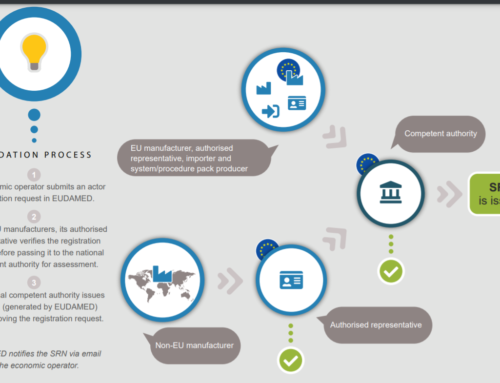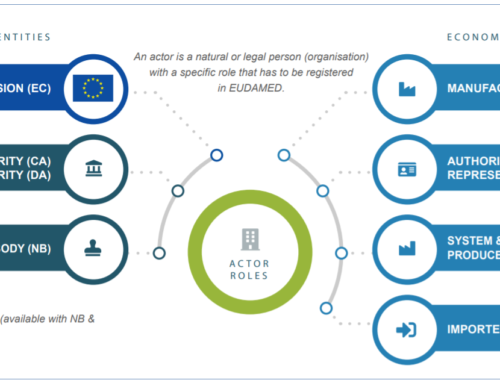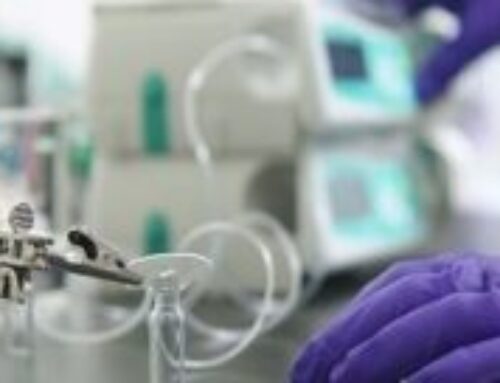edical Device Clinical Evaluation is a procedure to collect, assess, analyze a clinical data based on a clinical device to analyze whether there is sufficient clinical evidence to confirm compliance with essential safety and performance requirements when using according to manufacture instruction of use.it is applicable to all classes of medical device based on its evaluation, properties and intended purpose. Clinical evaluation is the responsibility of manufacturers. Clinical evaluation report is an element of technical documentation of medical device.
REQUIREMENTS AND OBJECTIVES OF CLINICAL EVALUATION
Evaluators should address following points:
- Intended purpose
- Clinical performance and benefits
- Risk control measures
- Instructions for target population groups
Clinical evaluation is conducted throughout life cycle of a medical device.it is first performed during development of medical device to identify data. Clinical evaluation is important for CE marking and must be updated. Clinical evaluation should ensure safety and performance throughout lifetime of a medical device
CLINICAL EVALUATION FOR DEVELOPMENT OF MEDICAL DEVICE
- Premarket research
- Needs regarding clinical safety and performance
- If possible, equivalence of an existing device, evaluate data available and determine equivalence
- Carry out gap analysis
- Sufficient clinical evidence to determine conformity
- PMS and PMCF studies
UPDATING CLINICAL EVALUATION
Frequency of updates
It is the responsibility of manufacturer for updating, He should consider
- whether the device carries any risks.
- Whether device is well established
- Whether there are risks and uncertainties.
- Design changes or change in manufacture
General consideration on updating clinical evaluation
- Manufacturers are required to implement PMS system that monitor clinical performance and safety of device
- PMS regularly generates new data
- During updating clinical evaluation, evaluators should verify:
- Benefit/risk profile
- Compatibility
- About new claims and existing claims
WHO SHOULD PERFORM CLINICAL EVALUATION?
Should conducted by qualified individuals having knowledge in research, regulatory requirement and medical writing and should also possess 5-10 years of experience.
How Clinical Evaluation Performed?
STAGE 0 DEFINITION OF SCOPE OF CLINICAL EVALUATION
Before clinical evaluation, the manufacturer should define its scope based on the essential requirements and nature and history of the device. This is called scoping. Scope involves identification of pertinent data, description of the device under evaluation, and clinical evaluation plan.
STAGE 1 IDENTIFICATION OF PERTINENT DATA
Data generated and held by the manufacturer
All premarket clinical investigations and relevant preclinical studies
All clinical data generated from risk management activities and PMS programs including PMCF studies, PMS reports, literature search and evaluation reports, incident reports, complaints regarding safety and performance, analysis of the explanted device, use of the custom-made device, and other user report.
Data retrieved from the literature
A literature search is used to identify data for establishing Clinical data relevant to the device under evaluation, Current knowledge /state of art including standards and guidance documents, data related to benchmark devices, critical components, and medical alternatives.
The searching strategy should be thorough and objective and contain all favorable and unfavorable data. The literature search should be documented. The main sources of literature are:
- Scientific literature databases e.g., Medline or PubMed, EMBASE/Excerpta Medica, COCHRANE CENTRAL trials register, TRIP
- Internet searches e.g.: google scholar, inform it, manufacturer website
- Nonpublished data e.g., label and IFU, implant registries information, data presented in congress,
- Citations e.g., Scopus, web of science
Objective, non-biased, systemic search and review methods should be used. Examples are.
- PICO (patient characteristics, type of intervention, control, and outcome queries)
- PRISMA (the preferred reporting items for systematic reviews and meta-analyses)
- MOOSE proposal (meta-analysis of observational studies in epidemiology)
STAGE 2 APPRAISAL OF PERTINENT DATA
Explains the criteria used by the evaluators for appraising data sets, Summarizes the pertinent data sets (methods, results, conclusion of the authors), Evaluates their methodological quality, scientific validity, the relevance for the evaluation, the weighting attributed to the evidence, and any limitations, present justifications for rejecting certain data and documents. The following criteria should be considered.
- OCEBM (Oxford Centre for Evidence-Based Medicine) level of evidence has been established for the clinical data appraisal
- Data are checked for methodological quality and scientific validity
- MQVS is established through questionnaires and the identification of relevant data
- Relevance of data to clinical evaluation is checked by determining pivotal and other data
- Type of appraisal may be qualitative and quantitative
STAGE 3 ANALYSIS OF THE CLINICAL DATA
The goal of the analysis stage is to determine if the appraised data sets for a medical device demonstrate compliance with essential requirements about the clinical performance and safety of the device, according to its intended purpose.
To demonstrate compliance, the evaluators should: Use sound methods, make a comprehensive analysis, determine if additional clinical investigations or other measures are necessary, and Determine PMCF needs. The procedure includes.
- Conformity assessment with the requirement of safety
- Conformity assessment with the requirement of acceptable risk-benefit profile
- Evaluation of the description of the intended purpose of the device
- Evaluation of the device’s benefits to the patient
- Quantification of benefit to the patient
- Evaluation of clinical risks of devices
- Evaluation of acceptability of risk-benefit profile
- Conformity assessment with the requirement on performance
- Conformity assessment with the requirement on the acceptability of undesirable side effects
Analysis and conclusions of evaluators should fulfill all essential requirements about the clinical properties of the device (MDD ER1, ER3, ER6; AIMDD ER1, ER2, ER5)
STAGE 4 THE CLINICAL EVALUATION REPORT (CER)
A clinical evaluation report shall be compiled to document the clinical evaluation and its output. it should provide enough detail for understanding search criteria, available data, all assumptions made, and all conclusions reached. It involves identification, collection, appraisal, and analysis of the premarket and post-market clinical data of the medical device for the demonstration of compliance to MDR GSPR. procedure involves.
- Organization of clinical evaluation report
- Method of explaining each section
- Content of each section
- Scope of the clinical evaluation
- Clinical background, current knowledge, and state of art
- Device under evaluation
- Summary and appraisal of clinical data
- Analysis of clinical data
- Clinical evaluation report conclusion
- Qualification of the responsible evaluators
- Date of the next evaluation
- Dates and signature
- Declaration of interest and cv of the clinical evaluator
DEMONSTRATION OF EQUIVALENCE
Clinical, technical, and biological characteristics shall be taken into consideration for the demonstration of equivalence, and general information for assuming equivalence as mentioned in appendices A1 of MEDDEV 2.7/1 rev 4 guidelines.
- Equivalence shall only be based on a single device
- All three characteristics (clinical, biological, and technical) should be fulfilled
- The differences between the device under evaluation and the device presumed to be equivalent should be identified, fully disclosed, and evaluated.
- Comparative drawings and pictures can be included
- If the equivalent device is manufactured via special treatment, it is considered as the demonstration for equivalence
The procedure mainly involves the identification of an equivalent device whether it is a CE marked or non-CE marked device as equivalent and evaluation of identified equivalent device based on its clinical, biology, and technical characteristics.
CONCLUSION
- The main goal of the clinical evaluation is to demonstrate the safety and performance of the medical device in clinical use.
- Clinical evaluation consultants for medical devices must possess cross-platform proficiency and in-depth understanding of MDR article 61 and MEDDEV 2.7/1 Rev 4.
- Traceability of the literature search by specifying search terms, links, and databases searched.
- Inclusion, exclusion, evaluation, definition, and documentation of applied criteria are necessary.
- Evaluation of literature according to quality and publication.
- Comparability of the evaluated product in technical, clinical, and biological aspects.
AUTHOR
Firsana Gasly is a pharmacy graduate of Kerala University of Health Sciences with a Diploma in Clinical Research And Management. Currently works as a consultant and technical writer in the medical device Clinical Evaluation department at I3CGlobal.





